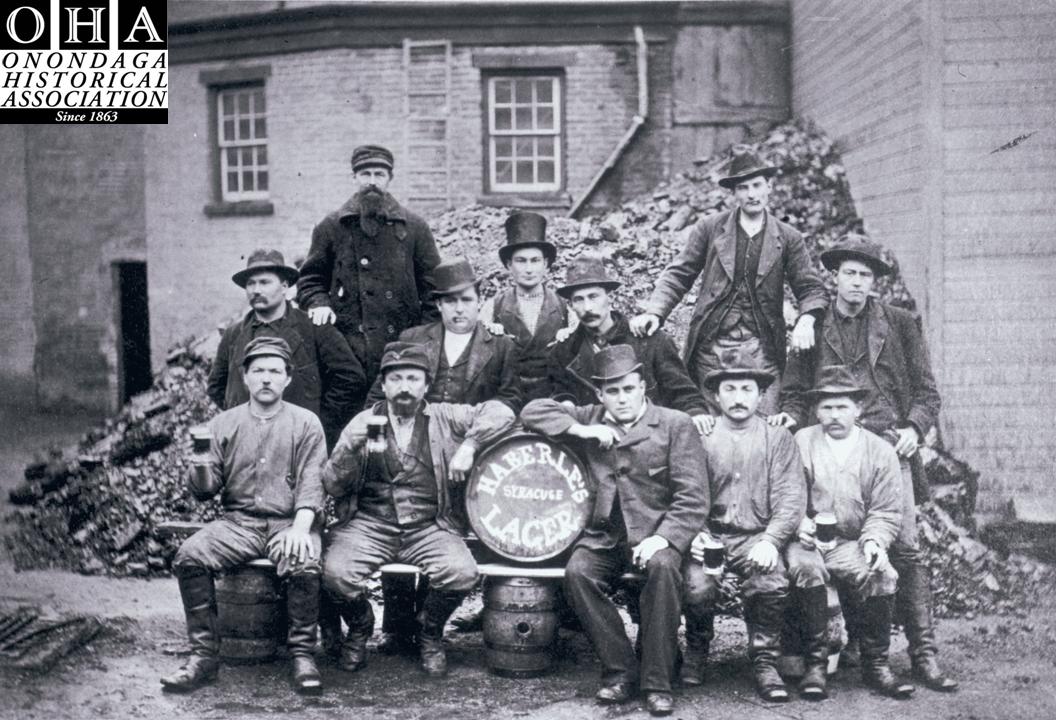
This week in Syracuse, is beer week, and while many are celebrating local brewing, Syracuse has always been in the mix in a big way.
The era of 1870 to 1919 might be considered the golden age of American brewing, fueled in part by lager’s continuing popularity. In 1880 there were 2,272 breweries in the United States. Almost every town of any consequence had at least one. Markets were regional, due to limitations in that day and age with shipping the somewhat perishable product over long distances. Larger cities, especially in the Northeast and Mid-West had many breweries. Cities like New York, Philadelphia, Chicago, Detroit, Buffalo, Boston and St. Louis were the leaders, but places like Syracuse, Rochester, Albany and Milwaukee were not too far behind in 1890, a time when it might well be considered the peak years for Syracuse’s brewery business.
Over 400 people were employed in the local industry, turning out around 300,000 barrels of beer and ale annually. There was certainly a great variety of manufacturers offering dozens of drink options, ranging from light lagers to dark porters. In June of 1894, the U. S. Brewers Association held their national convention in Syracuse. Proceedings were conducted at the Alhambra, a large meeting hall on lower James Street. Local brewers, no doubt, enjoyed showcasing their substantial establishments during the various convention tours offered for America’s brewing barons. The attendance of one Gustav G. Pabst of Milwaukee was noted in the local press.
Like today, breweries of the 1890’s marketed their products extensively. All sorts of trays, signs and advertising contrivances were distributed to local taverns to keep the names of various brews in front of the consumers. Many of these promotional devices and decorations have become valuable collectibles a century later.
In the late 19th and early 20th centuries, Syracuse-brewed beer was available in colorful outlets like the west shore resorts of Onondaga Lake which were enjoying unparalleled popularity at the same time. Some of the resorts showed preference for certain brands, such as the prominence of Zett’s Lager at Rockaway Beach. Of course, Xavier Zett’s grand-daughter, Louise, was married to Jacob Hecker and the Hecker family owned the Rockaway resort. Breweries also sometimes had direct interests in retail outlets, like beer gardens, to encourage and promote sales of their product. In 1890, the Germania Brewery acquired a “summer garden” located at 620 North Salina Street. On warm summer evenings, inside its walls, people could enjoy a cool lager while listening to outdoor musical entertainment.
Five years later, however, a local newspaper provided some insight into where most beer was being consumed – the approximately 520 saloons in Syracuse.
Learn more about Syracuse’s brewing history by visiting Onondaga Historical Association (321 Montgomery Street) for our permanent exhibit on local beer.


